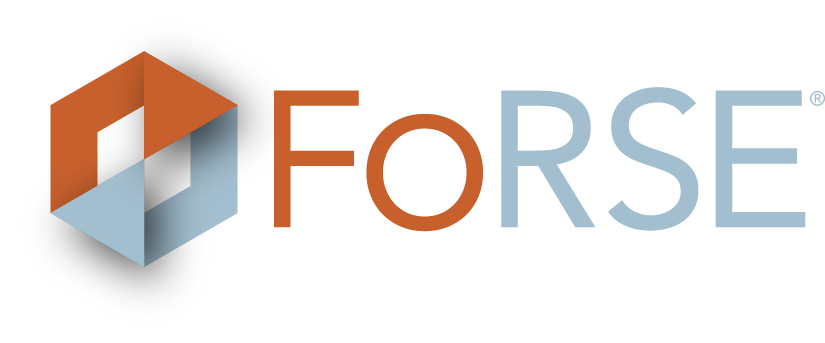Therapy notes are a vital component in treatment and recovery. They allow clinical professionals to document and share the progress, or lack thereof, of each of their patients. Documenting every encounter helps communication across the patient life cycle and helps ensure your facility remains compliant with industry regulations and standards. In this article, we’ll go over five tips for writing therapy notes.
Sunwave Health offers a single-platform solution for documenting the patient experience and ensuring your staff has access to the information and data they need. Talk to our experts today to learn more about our solutions for electronic medical records, revenue cycle management, and alumni management.
1. Be Clear and Concise
Therapy notes should be straight to the point but contain enough information to give others a clear picture of what transpired. It is essential to stick to the facts while providing supporting evidence. For example, let’s take a look at the following note:
“Kelly indicated that she fears abandonment because her father left her and her mother three times. The first instance was when Kelly was four, and he did not return to her life again until she was seven. Her parents had another child at that time, and her father left again when Kelly was nine. He moved to another state across the country. When Kelly was 12, her father returned again. He left for the final time when Kelly was 17, and she has not seen or heard from him since.”
This note can be clearer and more concise by implementing some small edits:
“Kelly indicated that she fears abandonment because her father left their family three times throughout her childhood, with one case where he moved across the country. The last incident occurred when Kelly was 17, and she has not seen or heard from him since.”
2. Remain Professional
Therapy notes are intended to document the progress of a patient and be shared across the patient lifecycle; therefore, it’s incredibly important to remain professional while documenting your observations. For example, let’s take a look at the following note:
“Steven came to group with a poor attitude and went into a fit of rage when called upon to share his experience. He must have been drinking last night to be that much of a jerk. He has been a jerk many times, but now he’s proven to be a real piece of work. He even just up and left halfway through.”
We can adjust this note and be more professional by writing something like:
“Steven came to group with a poor attitude and began yelling in objection when asked to participate. His agitation increased throughout the session until he abruptly walked out after 30 minutes.”
3. Write for Everyone
Remember that other people will be reading and reviewing your therapy notes. It is important to be conscientious about that fact. Don’t use shorthand, jargon, or your own unique acronyms—stick to commonly used terminology and grammar. This will help all your team members understand your notes and thus more effectively help the patient progress through recovery.
4. Use SOAP
Applying SOAP is one of the most comprehensive tips for writing therapy notes. Let’s start with what SOAP is. (Hint: it’s not what you use to wash your hands in this case.) SOAP stands for subjective, objective, assessment, and plan. It is a process that was developed to help clinicians document the critical points within an interaction or session. This method enables you to focus on vital and pertinent information, which means you’ll be successful at staying clear and concise.
Subjective
Subjective language is important in charting because it conveys what the patient expresses as their experience and feelings from their perspective. For example, a subjective portion of a note could be, “David expressed that he feels anxious and distracted often.”
Objective
Objective language communicates statements of fact or raw data that are tied to subjective feelings or experiences. For example, “David continuously tapped his feet throughout the session.” It is important to consider that objective statements can either support or contradict subjective statements.
Assessment
Assessment takes into account the subjective and objective items from above. You will document your interpretations of the information that has been gathered—which may or may not lead to a diagnosis. Certain conditions can be easily diagnosed early, whereas other conditions may require many sessions and assessments are more related to progress. As with the other items, assessments should be concise and only contain necessary information.
Plan
Finally, the three pieces above come together to inform a plan. A plan should contain any treatment provided in the session, justification for that treatment, the patient’s response to the treatment, next steps and appointments, follow-up instructions, goals, and outcome measurements. Plan notes should include actionable items for each problem or condition. Ultimately the goal is to address each item in the assessment.
5. Focus on Progress and Adjust as Necessary
Notes are vital for understanding the progress of your patients, and as that progress ebbs and flows, the plan will need to be adjusted. Remember to stay focused on the progress or lack thereof to ensure you are identifying any need to adjust and then documenting accordingly.
Record Better Notes with Sunwave Health
Overall, therapy notes are a key component to a successful recovery. Becoming thorough and yet efficient at documenting sessions will help you and your team produce better results. Team members will communicate better, plans will be more productive, and patients will lead better lives. Sunwave’s unified treatment platform is custom-built for substance use disorder treatment and can help you follow these tips for writing therapy notes. Schedule a demo with one of our platform experts, and we’ll be happy to show you how.



